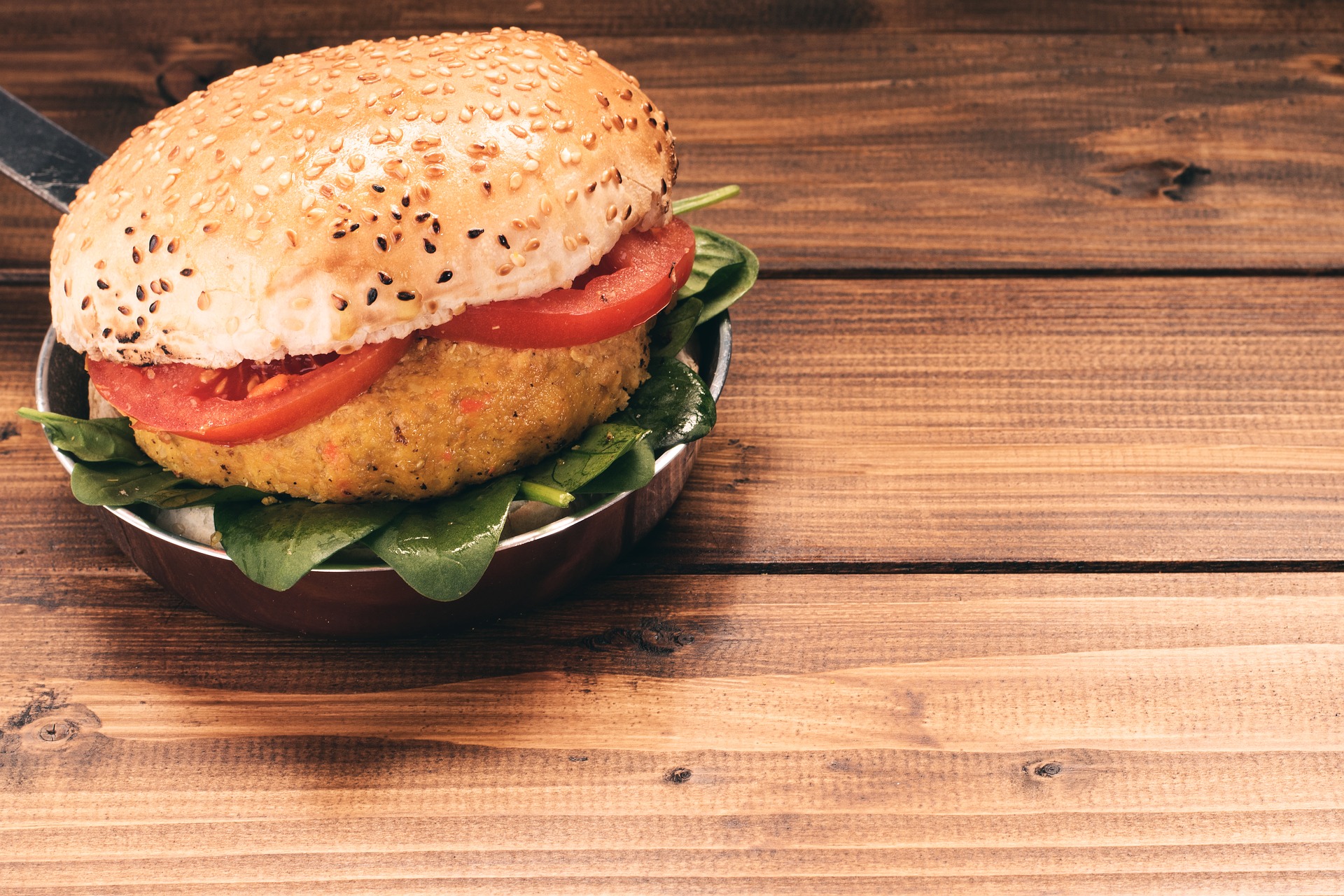
More and more Dutch people are choosing to swap steak for salad these days. But let’s face it: humans simply like meat.
An entirely new category of food is being developed from plants that feels and tastes like meat. It uses fermentation and optimizes the composition and nutritional value of the food while naturally changing the flavor. Fermentation is an ancient and natural preparation method already used by many top chefs (not to mention in the creation of Tempeh). Now the food industry has taken notice.
The project called PROFERMENT is a collaboration between the University of Copenhagen (UCPH), Technical University of Denmark, and Utrecht University. It addresses the lack of non-processed plant proteins in supermarkets today.
“Many consumers prioritize the environment, but at the moment they have to settle for highly processed meat alternatives,” says Professor Dennis Sandris Nielsen of UCPH. “We lack methods for making plant-based alternatives to meat that are treated more naturally and can be described as “clean label.”
The project recently received a grant of 7.5M euros from the Novo Nordisk Foundation. It is being led by the UPCH food sciences department.
Bulking up with plants
Plants are actually quite full of protein. The problem is that their proteins are generally stored for a germination process. As a result, we cannot access the amino acids that make up these proteins properly during our digestion.
“This is where fermentation comes into the picture as tools to increase digestibility and the content of essential amino acids,” explains Nielsen.
This process uses Bacillus bacteria and various molds to ferment their first test crops. The aim is to create a whole line of micro-bacterial consortia that can be used on a variety of plant materials.
Shifting feed stocks to the supermarket
The first crops being tested are oats and yellow peas. They both grow in the northern hemisphere and have a high protein content. These are also crops often grown for farm-animal consumption. Assuming this project is successful, the feedstock could simply be transferred to this new category of food.
Since a large portion of our land is being used to grow crops for livestock consumption, this means not having to repurpose any turf.
“This should make it much easier for us to eat in a much more climate-friendly way that is also healthy, while potentially allowing us to reduce greenhouse gas emissions,” says Nielsen.
The project starts on 1 January, 2022 and will run until 31 December, 2027.
Read here about a new drink made naturally from microalgae.

